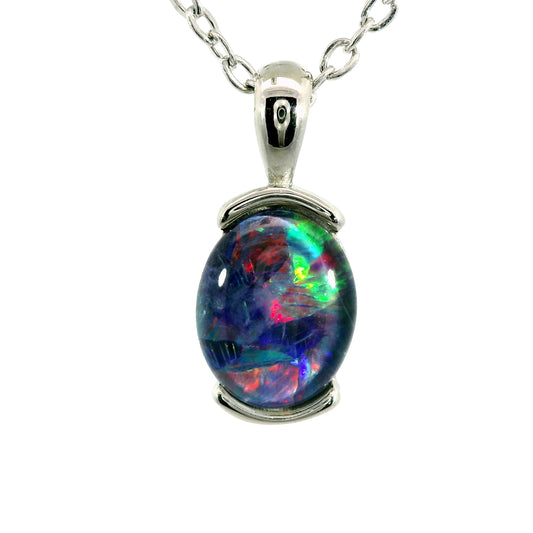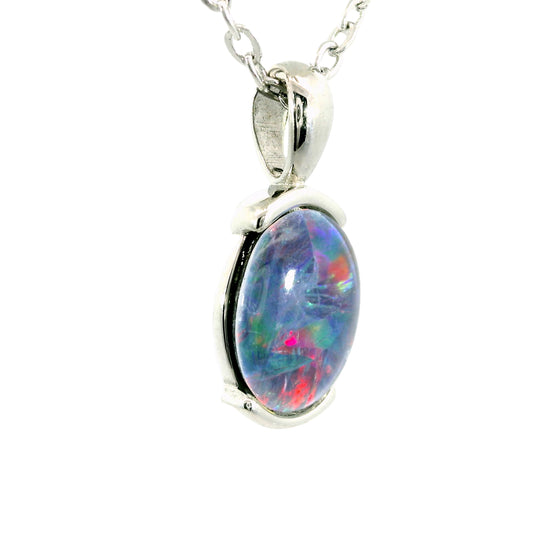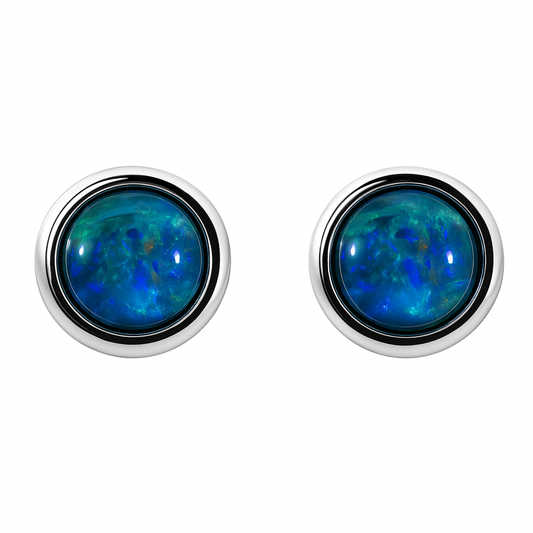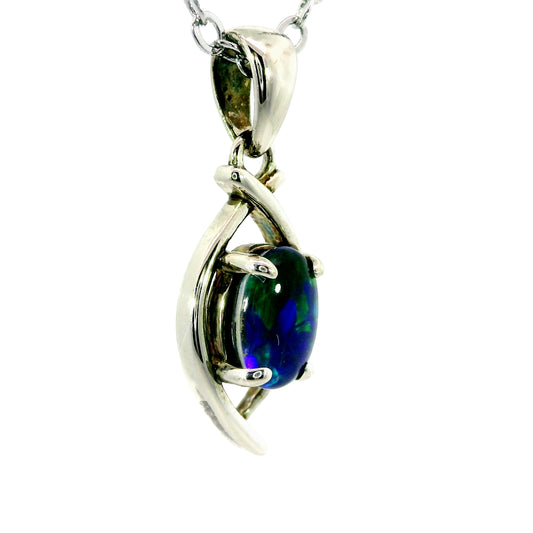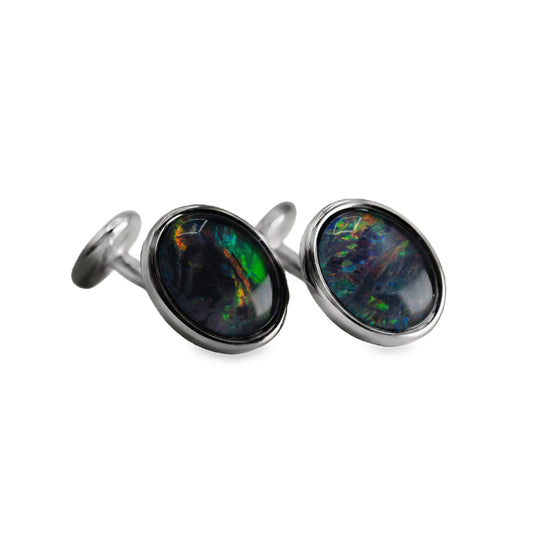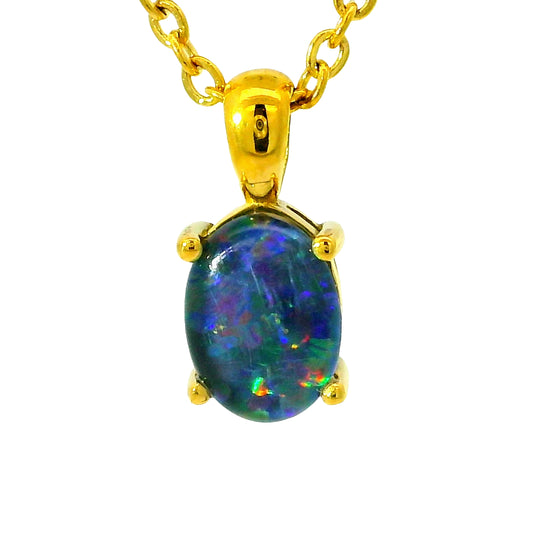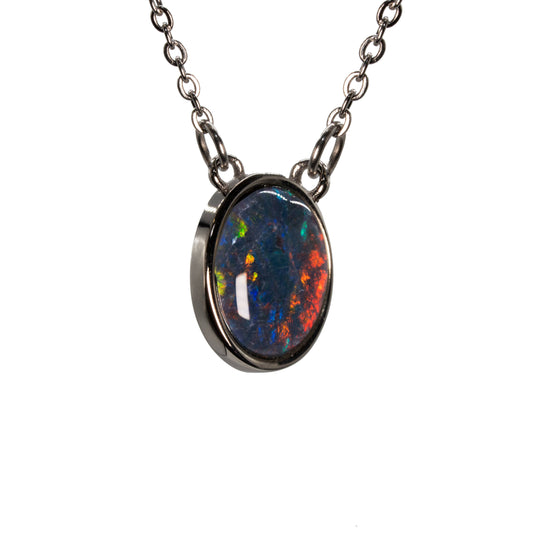How to Stay Safe when Buying Opal Online
Buying Opal Online
How to Keep Yourself Safe when Shopping Online
Online shopping is a past time that has been ever-increasing in popularity, and with this, comes an abundance of scams that breed mistrust among individuals just looking for a nice piece of jewellery. We have compiled a list of things to look for that when implemented, should give you a sense of security when purchasing opal online.
What to Look for in a Company
As we sell opal online additionally to our in-person store, we have had to ‘digitalise’ the experience of purchasing an opal from a reputable source. In person, it can be quite easy to investigate an opal, as you are allowed to hold it, feel the metal, and move the stone to see all of its natural flashes of colour. In an online sense, that is not always possible.
When purchasing from a website, you should look for multiple pictures of the same stone, taken from different angles. This isn’t necessarily to avoid a ‘scam’, but more so an indication of the stone itself, so that you are more aware about what is being purchased. Unfortunately online the trend is to hallmark base metal and present plastic or treated Opal as “Australian” or “natural” Opal, which can deceive you into believing something is worth more than it actually is.
Australian Opal Cutters provides a guarantee that our opals are genuine and free of all treatments, dyes, and processes. This can be seen in the reviews we have generated over the 40 years we have been in business. When a store has reviews, both positive and negative, it can indicate two things:
- There is a genuine customer base who have received their item, and can provide insight into the condition of their product.
- The presence of negative reviews can explain where the company went wrong, or if the issues have been resolved.
Don’t be afraid to reach out to a company, shop, or local jeweller and ask questions about your potential purchase. A good place will be open to questions, or even be able to provide additional pictures of your product in a different environment, which although doesn't seem like much, can substantially affect your opinion of the gemstone or jewellery altogether!
Synthetic Opal
Synthetic opals are a man-made stone, created with the same internal composition, structure, and properties and natural opal. However, with the creation of these ‘lab-cheated’ gemstones, comes the rising need for cheap and quick jewellery; man-made synthetic opal can fulfill this need. This, overall, has led to not a misinformed price and quality that has now become commonplace for cheaper alternatives, but has also aided in the perpetuation of distrust between jewellers, and those wishing to buy genuine opal.
Originally created in Switzerland, Gilson opal is now primarily synthesised in Japan. This type of Opal has been around since 1974. It is created using Silica so it is a true synthetic version of natural Opal. ‘Gilson opal’ as a term is often used in reference to imitation opals, which are gems that are not only man-made, but contain minerals and materials that cannot be found in natural opals.
How to Identify Fake Opal
If you do not have prior knowledge of opal types, it can be hard to discern if what you are buying is really ‘genuine’. Many stores internationally sell opal, and at a heavily discounted price, with many shoppers not thinking of the authenticity of the gem, and trusting that it is ‘genuine’. However, this blind trust can no longer be used, as the accessibility of synthetic opals (and their ability to mimic the look of natural opal) has grown, so has their presence within the online jewellery market. Many online sellers use dishonest marketing techniques, and can be sold under so many different names that may not explicitly indicate that they are man-made creations.
Currently, there are not many ways commonly available that can be used to determine if an opal is natural. Look for what gemologists call ‘Columnar’ structure or ‘snake skin’ pattern. Turn the Opal on it’s side and look for clean and straight lines of color running vertically! This is the sign of a fake Opal. Under high magnification (around sixty) it’s clear to tell if the opal you own is synthetic, as the regularity and columnar nature of the opal is clearly visible. Synthetic opals, in addition to their visual clues, will emit a green colour under UV light; it is often advised to take a UV torch along to test if the stone ‘fluoresces’, and if not, it is natural.
Ethiopian Opal
Currently we do not stock or sell Ethiopian opal. The Ethiopian Opal comes out of the ground looking like a brown beer bottle and requires substantial treatment to get it to show colour. The chemical treatment is effective but is not permanent. We have been contacted by numerous customers who have suffered the shock of this treatment being reversed. This is a problem that the world bank suggests goes right back to a failure in policies set by the Ethiopian government. The customer is often not told about this....and this is the problem.
This can be a tricky thing to navigate, as technically the opal is ‘genuine’, there are just negative side effects of prolonged usage that may not be disclosed upfront.
Overall, it is important that you stay aware and inform yourself of what to look for when purchasing opal, so that the various tricks intended to ‘dupe’ you can be avoided, and you can be happy and secure in your purchase.












































































































